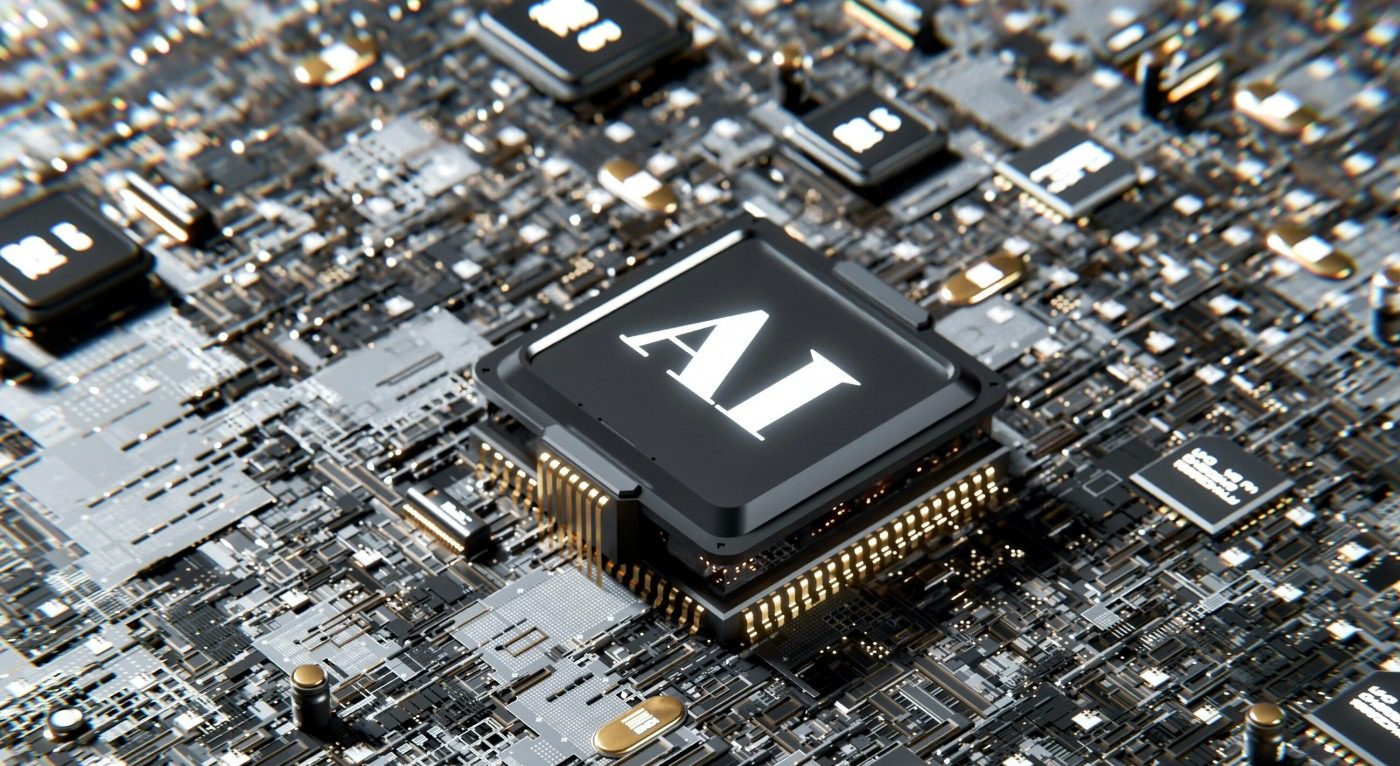A campaign against AI: What can artists do to protect their work?
With the ever-growing use of AI, and an increasing number of models being trained each day – how exactly is AI distorting and affecting artists’ work? Within the creative industries, artificial intelligence threatens credibility and originality through its replication and imitation of styles inherent to an artist’s work. This makes it more difficult to keep a creative style unique, which can affect an artist’s ability to monetise their work; a global economic study by the International Confederation of Societies of Authors and Composers (CISAC) projects that almost a quarter of artists’ income in the music industry may be lost over the next four years because of AI.
A petition calling against the unlicensed use of art for training generative AI has been signed by over 38,000 creatives
In addition to the issue of the manipulation of art and its original form, art mediums (such as digital art and music) are being used to train AI models, contributing to their datasets. Recently, a petition calling against the unlicensed use of art for training generative AI has been signed by over 38,000 creatives including composer Max Richter, singer-songwriter Kate Bush and author Malorie Blackman to name a few. The statement describes the process of art used in datasets as a ‘threat to the livelihoods of the people behind those works’.
AI has consequently prompted an uncertainty for people who work within the arts, with the fear that their skills may be rendered useless. However, some artists are of the opinion that AI can be used as a tool to aid creativity, for example for repetitive tasks within a creative process. In the CISAC study, Vice-President Ángeles González-Sinde Reig stated that “AI tools can profoundly support our work as storytellers and filmmakers…but there is an anxiety creators will be treated like an afterthought,” bringing to our attention the conflict that exists with moving forward with AI technology whilst still maintaining value in artists’ work.
‘Opting out’ may be the most efficient way to restrict how much your art is used by AI whilst it still exists online
So what can be done by artists to protect their artwork? The first step is taking precautions around what is shared online – something that seems contradictory in today’s world. For many creatives, sharing a portfolio of work online is a way to gain exposure and attract prospective clients. With the inevitable progression to having an online presence, not sharing work online may not be the solution, so the next question is what steps can be taken to discourage or even completely prevent an artist’s work from being used by AI? Sharing lower quality versions of work, for example photographers uploading images with lower resolution may help curb its ability to be used within AI datasets. The MIT Technology review recommends applying “masks” on images, distorting an its pixels so they are less easily interpreted by AI models, therefore protecting an artist’s originality and style.
Whilst not sharing work may be difficult, ‘opting out’ may be the most efficient way to restrict how much your art is used by AI whilst it still exists online. This is a manual process in which you might submit a request to a platform to protect any images, videos, and other data. Meta (the company owning Facebook and Instagram) automatically use data from public users to train AI models and so it’s ‘opting out’ form offers users the ability to ‘object’ to public information being used for training AI, which includes posts, photos and their captions and comments.
It is important that artists advocate for stronger legislation surrounding AI training models
Opting out is a manual and often long-winded process, meaning that artists (and general social media users) must make extra efforts to complete the process. In some instances, they may have to submit a form for each separate image, such as to opt out of OpenAI’s datasets, becoming an arduous process which could take several weeks or months. Other companies for example generative AI tools such as Midjourney and Stability AI require you to email directly without a form available, again making the process more complicated.
Whilst embracing AI as a tool may be the way forward for artists, autonomy over artwork has been damaged through the automatic use of data in AI training and further affected by the drawn-out process of opting out. It is important that artists advocate for stronger legislation surrounding AI training models by supporting organisations (such as members of the Creative Rights in AI Coalition in the UK) pushing for change to better protect artists’ work.

Comments (1)
Great article Ariana!!!